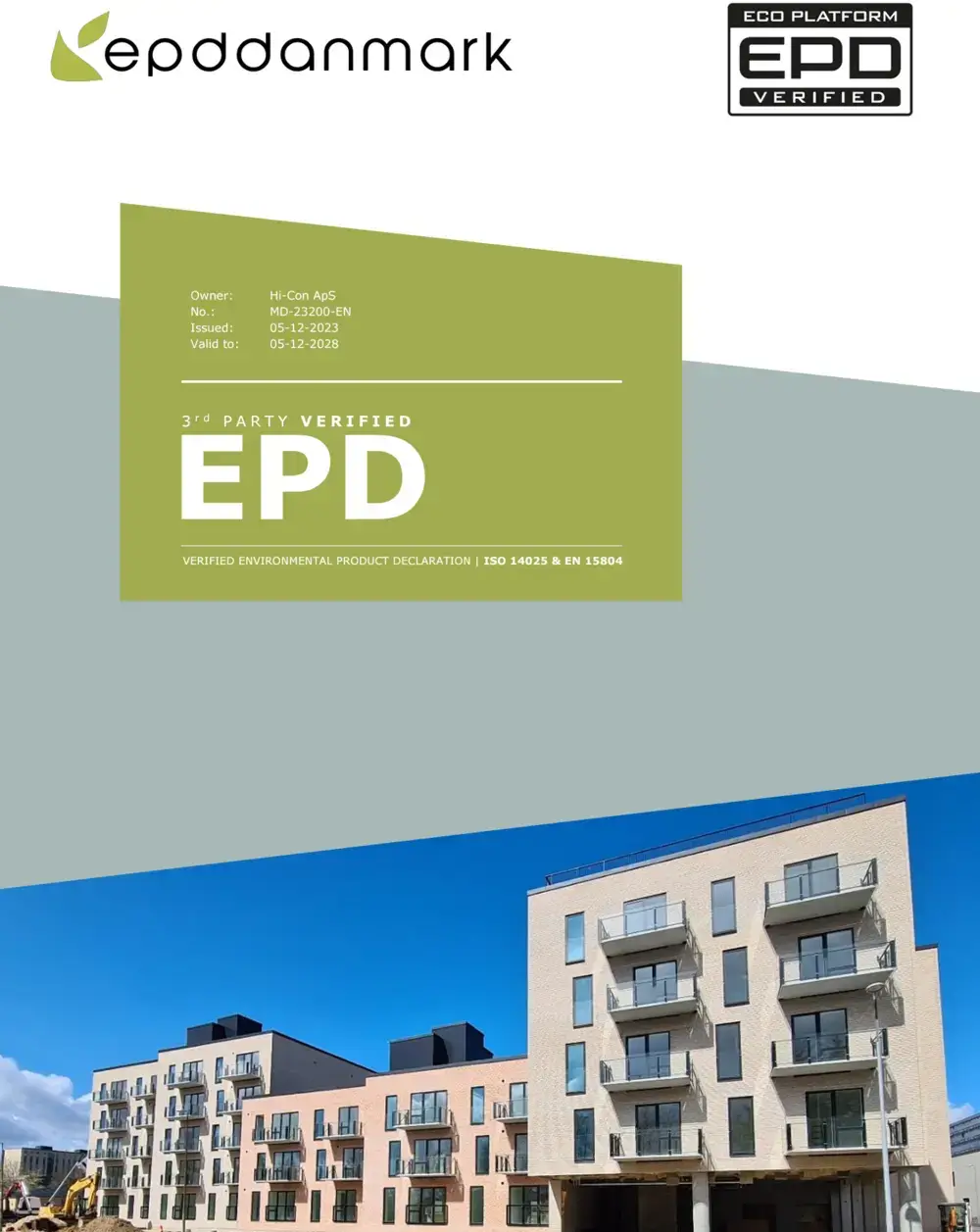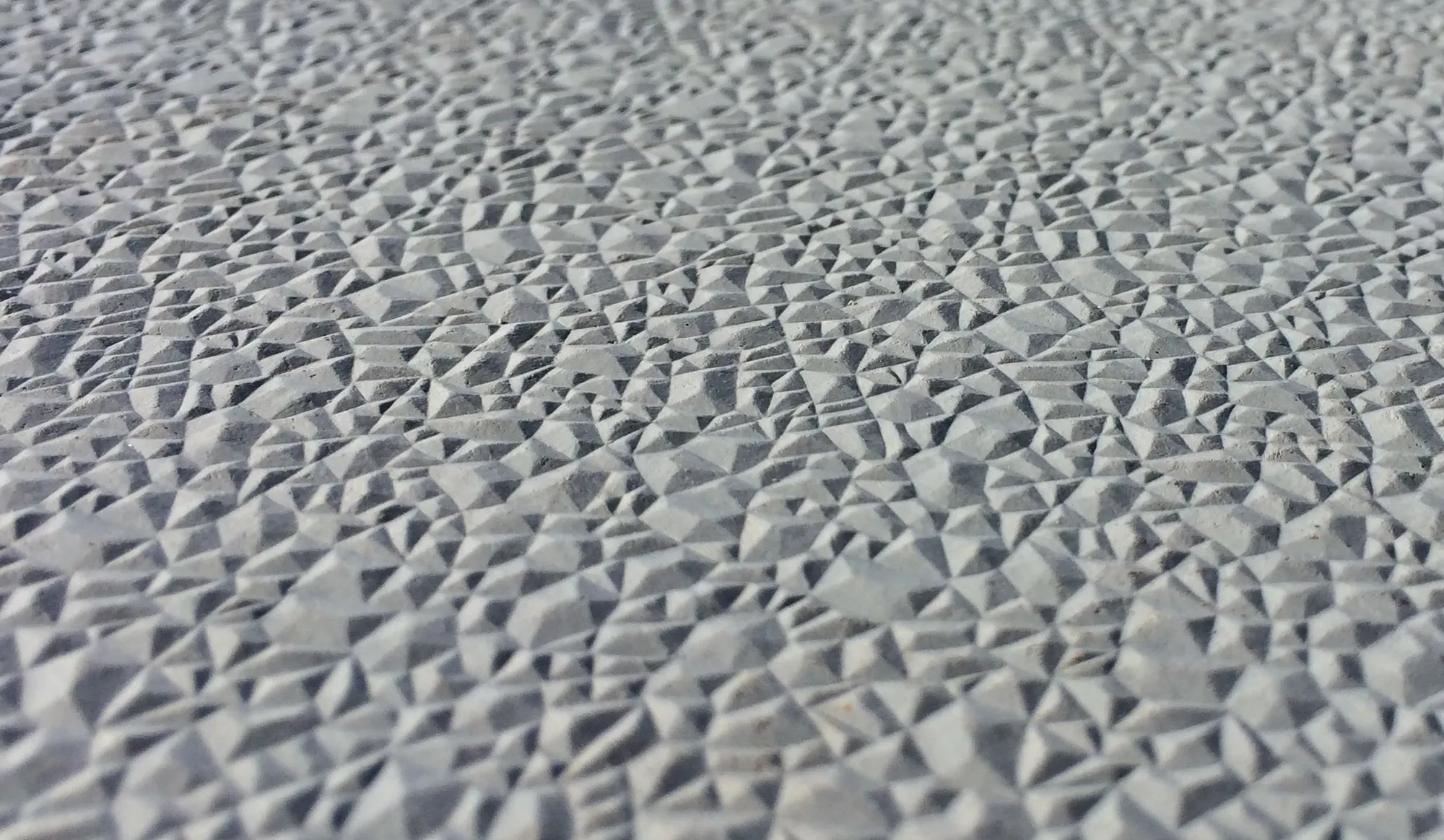
20. december 2023

We krijgen vaak vragen over wat er mogelijk is met CRC i2® en welk proces nodig is om aan de slag te gaan – kortom de gebruikershandleiding voor het gebruik van CRC i2®.
Voor elk individueel project zijn er talloze specifieke vragen: ‘Hoe dik moet een plaat zijn die over een bepaalde afstand moet overspannen?’, ‘Hoeveel ondersteuningspunten zijn er nodig?’, ‘Wat zijn de reactiekrachten op deze punteb?’, ‘Hoe transporteren we dit element in het gebouw?’, enzovoort…
De specifieke vragen zullen per project verschillen
De algemene 10-stappenrichtlijn om te beginnen met werken met CRC i2®.





Wij staan klaar om je met jouw project te helpen!
VUL HET FORMULIER HIERONDER IN EN WIJ NEMEN CONTACT MET JE OP